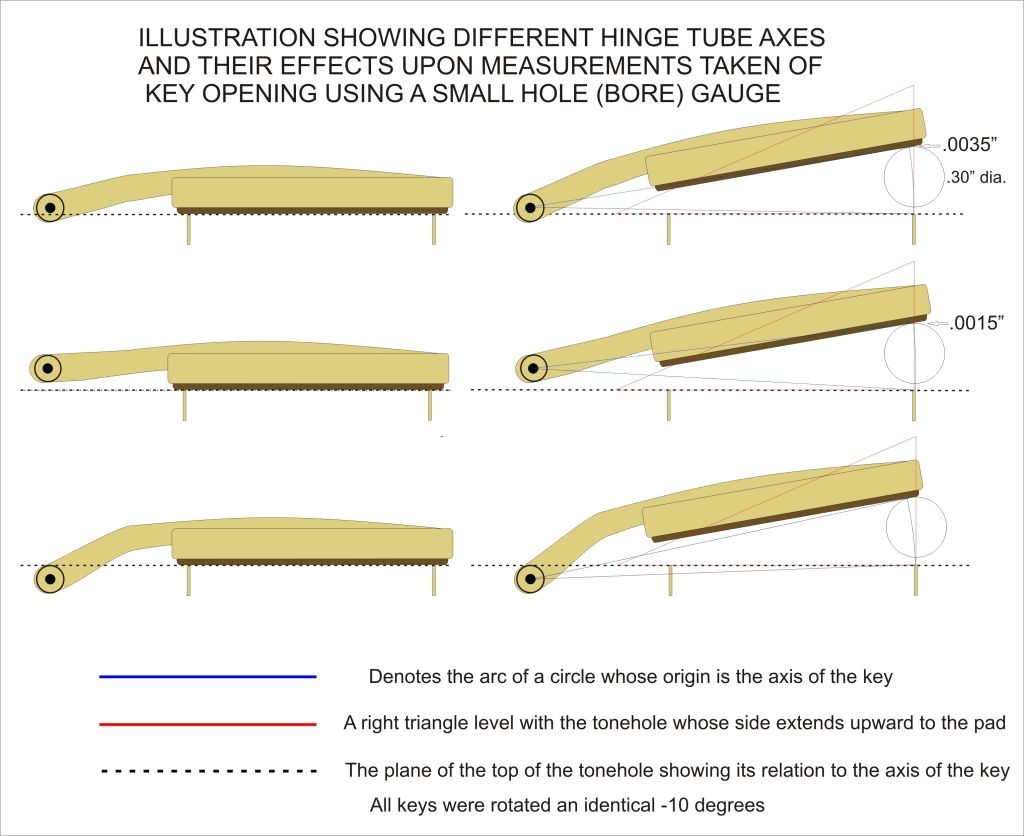I've got to give thanks for Abby Normal's brain.
"Damn your eyes!" "Tooooo late."
Great movie. IIRC, it came out the same year as
Blazing Saddles. You can IMDB it, if you're less lazy than me.
---------------
Groovekiller said:
The repair business is a service industry. I admire those who arm themselves with the best, most logical and most recent information about how to make a horn play at its best, but ultimately, we shoud do what the artist/cusomer asks us to do. When the customer is insane or unrealistic, say NO! Otherwise, provide the service they ask for.
Actually, if the customer asks for something,
even if it's insane or unrealistic, you do it. Unless you really can't because it's physically impossible. Of course, you should expect more money, too.
Car-related story:
The very last surviving Studebaker model is called the Avanti. It was so popular that some folks bought the Avanti tooling, etc. and made their own car, the Avanti II. The Avanti II was custom made. You asked for it, you got it. Allegedly, one customer asked them to have the dash and seats orange and the side-panels and carpet green. The person taking the order said he thought it was disgusting, but they'd do it. It actually came out nice, according to the Avanti tech ....
Hey, you can have a Whopper made your way. I wonder what they'd do at BK if I asked for a Whopper, hold the bun.
FWIW, I'm not one to tell a tech what to do, primarily because I don't have enough knowledge to even begin to do so. However, I have said, "$Thing is broken. Please fix. By the way, I'm aware that the crook was relacquered. Please leave it alone."






